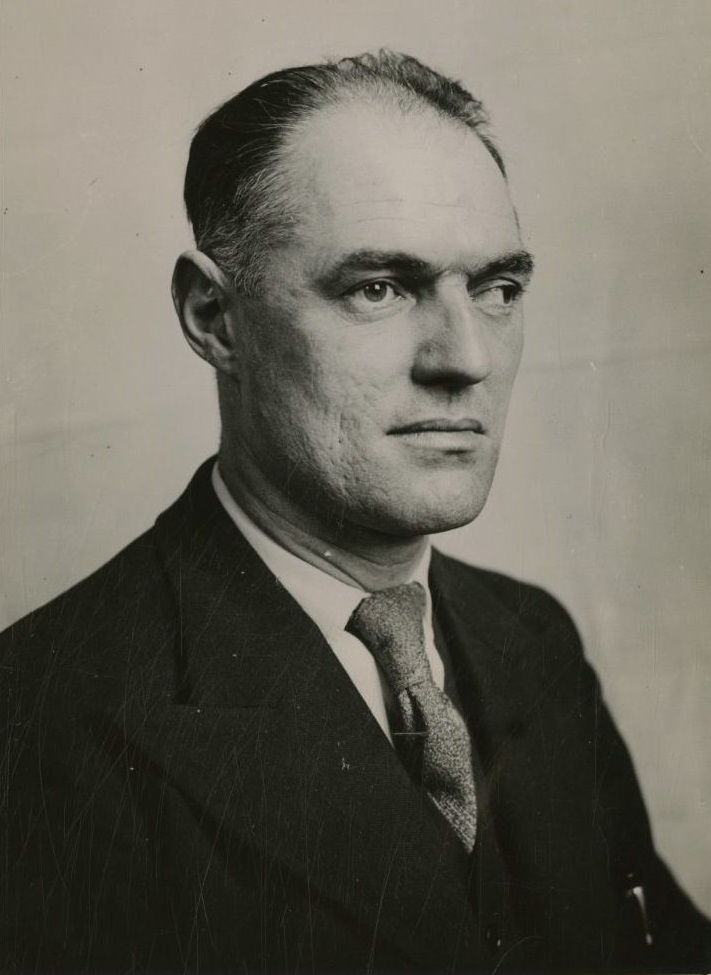France attempted to splurge out on hardware - 32 prototypes in 1949 alone (shocked me when I read that stat yesterday!) but the majority turned out to be flawed or went no further. So emphasis on building everything on the drawing board doesn't pay off.
It's a tortured story. The two key years are 1948 and 1952. The former had the public owned SNCAs firing by all tubes in a rather optimistic and disastrous way.
All this because that fellow, while a decent human being, made a very, very bad aviation minister in 1946.

en.wikipedia.org
Tillon in 1946 tried to restart a very ruined French aviation industry with massive orders (of pre-WWII and piston engine aircraft) PLUS pushing very hard to catch back and enter the jet age: going full bore on prototypes, including LW wunderweapons sized in the French occupation zone.
You guess: it didn't worked too well. Take the Arsenal VG-90. At first glance a very sexy swept wing jet powered fighter. What's not to like ? except deeply flawed. Same for the SO-6020 Espadon.
Now compare that to the SO-6000 Triton (
newt - I kid you not) and Dassault Ouragan... and you can see what was wrong.
By 1952 the government accepted a mix of private companies entered the picture (Fouga, Dassault, Breguet, Turboméca) and succeeded where 1948 had failed miserably.
Case in point: naval fighters.
In 1948 for PA28 "future carrier" were started three SNCA prototypes
- Arsenal VG-90: two built, two crashes, two pilots dead.
- SNCAC 1080: one built, one crash, one pilot dead
- Nord 2200: no crash, decent aircraft, but completely overweight for its Nene turbojet.
And then PA28 was canned on the drawing board.
End result: a licence was taken by the SNCASE to build Hawker Sea Venoms. In 1952.
Same for transport aircraft: 1948 had the Cormoran disaster, 1952 got the Noratlas staying in service until the 1980's.
Same for fighters: 1948 Espadon vs 1952's Mistral & Ouragan.
Bombers: 1948 SO-4000 was a disaster, 1952 Vautour worked fine.
this guy finally understood where was the problem

en.wikipedia.org
And fixed much more performance levels and requirements.
End result: 1952 saw the first flights or IOC of such smashing success as Dassault Ouragan / Mystère series; Noratlas transport; Alouette helicopter; Fouga Magister trainer.
These four alone become cornerstones and remained in services for decades thereafter. Performance wasn't shiny or stellar, but they WORKED and were build in numbers.
Bottom line: Gallois applied the KISS principle. Keep it simple, stupid. Dassault, Turboméca, Alouette helicopters: same basic idea.

